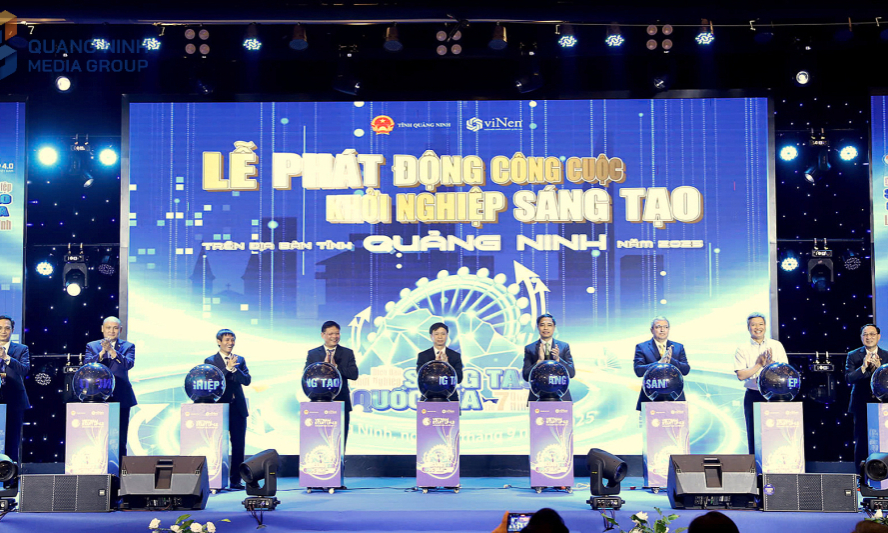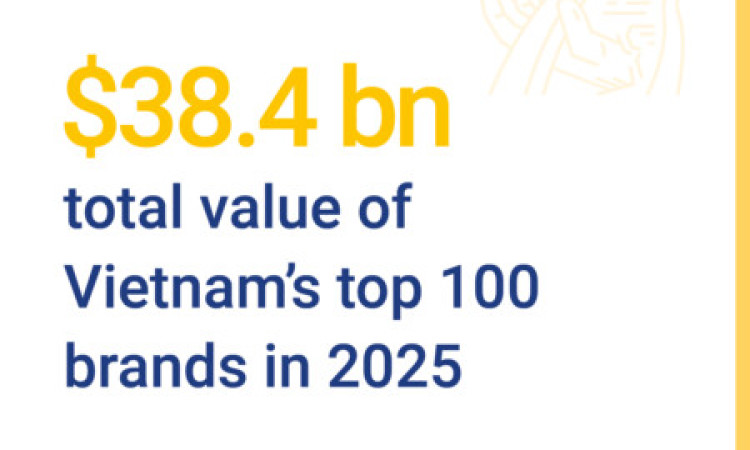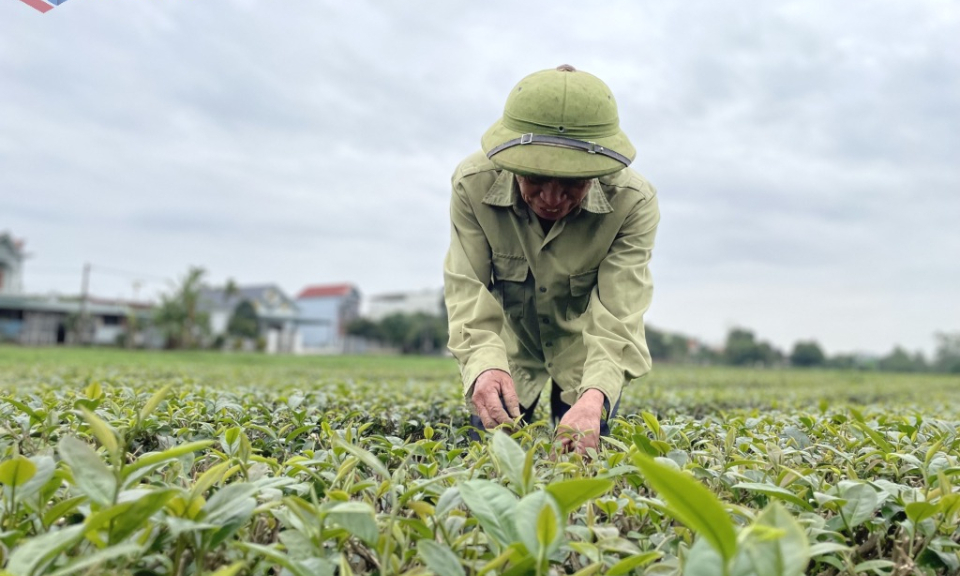Vietnam needs to cook up stronger global rice brand
Although Vietnamese rice has a foothold in several fastidious markets, there is a long way to go to make it a stronger brand globally, according to insiders.
Last year, Vietnam gained 4.68 billion USD from exporting 8.1 million tonnes of rice, up 35.3% and 14.4% year-on-year, respectively. ASEAN was the largest rice importer as the bloc accounted for 61% of the country’s shipment with 4.9 million tonnes, increasing 24% against the previous year.
Statistics from the General Department of Vietnam Customs showed that the country shipped 512,265 tonnes abroad for 362.26 million USD in January, growing 4% in volume and 2.8% in revenue from December.
Nearly 281,000 tonnes, equivalent to 194.28 million USD, was purchased by the Philippines in the month, accounting for 53.6% of Vietnam’s total export quantity and 39% of the turnover. However, not many Philippine consumers are aware of the rice, making it less popular than that imported from Thailand and Japan.
Against this backdrop, Vietnamese trade counsellor in the Philippines Phung Van Thanh said that branding is necessary for the Vietnamese grain so that it can be well recognised in the market.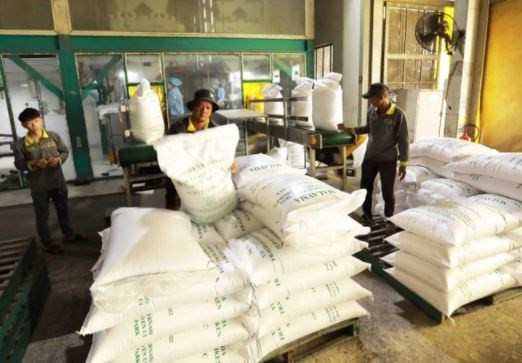
He suggested enterprises and managers should focus on developing the rice brand along with enhancing export and improving product quality.
Vietnamese trade counsellor in Indonesia Pham The Cuong also recommended rice exporters arrange more promotion events and attend fairs to popularise Vietnamese in the country where it faces stiff competition with Thai rival.
He particularly stressed that it is a must to ensure rice quality and in-time delivery as well as meet all quarantine requirements.
Meanwhile in the Netherlands, where culinary culture has been influenced by Indonesian, Surinam and Indian cultures, Basmati rice is preferred in cooking.
Currently, Vietnamese rice is imported and distributed in Asian supermarkets owned by Vietnamese nationals, several supermarkets of Pakistan, Turkey and China. It has not hit the shelves of Dutch shops yet.
First Secretary at the Vietnamese trade office in the Netherlands Phan Thi Nga said that the Netherlands purchased rice from 241 countries and territories across the globe, with Vietnamese rice accounting for 2.6% of the European country’s rice import revenue.
Vietnamese rice is sold at 3.85-4EUR (4.21-4.27 USD) per kilogramme in the market, higher than Thai rice (3.65-3.85 EUR) and Cambodian rice (3.5-3.65 EUR).
With long term and stable quality, Thai and Indian rice has established a foothold in the Netherlands while the Vietnamese grain has failed to win the taste of local consumers, she said.
As one of the three largest rice exporters in the world, Vietnam has woven a success story in Australia.
According to the Commercial Attaché at the Vietnamese Embassy in Australia Nguyen Thu Huong, the trade office carried out various campaigns to popularise ST25 rice. The rice style won the World’s Best Rice award in Australia, popularizing the variety even in the remote areas of the country.
Throughout the success of the ST25, the office continued its campaign with the slogan “Vietnam – The Land of the World’s Best Rice”to introduce other varieties.
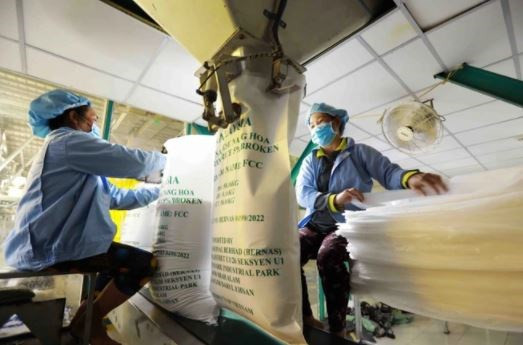
Director of the Ministry of Industry and Trade (MoIT)’s Trade Promotion Agency Vu Ba Phu said that the ministry has worked to harmoniously carry out trade promotion measures in support of enterprises in diversifying markets and seeking strategic partners, adding the moves will help maintain, consolidate and improve the brand of Vietnamese rice in key markets, especially those having free trade agreements with Vietnam.
In the meantime, the ministry has joined hands with competent ministries, sectors, localities to assist enterprises to respond to trade barriers and defence measures. It has also asked localities, the Vietnam Food Association and traders to work together to build high-quality and high-yield material areas that meet the food and hygiene standards of international importers.
Phu added that his agency has shared information, recommended market development measures and joined hands with other MoIT’s agencies and Vietnamese trade offices in foreign countries to build and implement practical trade promotion activities, helping improve the position of Vietnamese rice.




